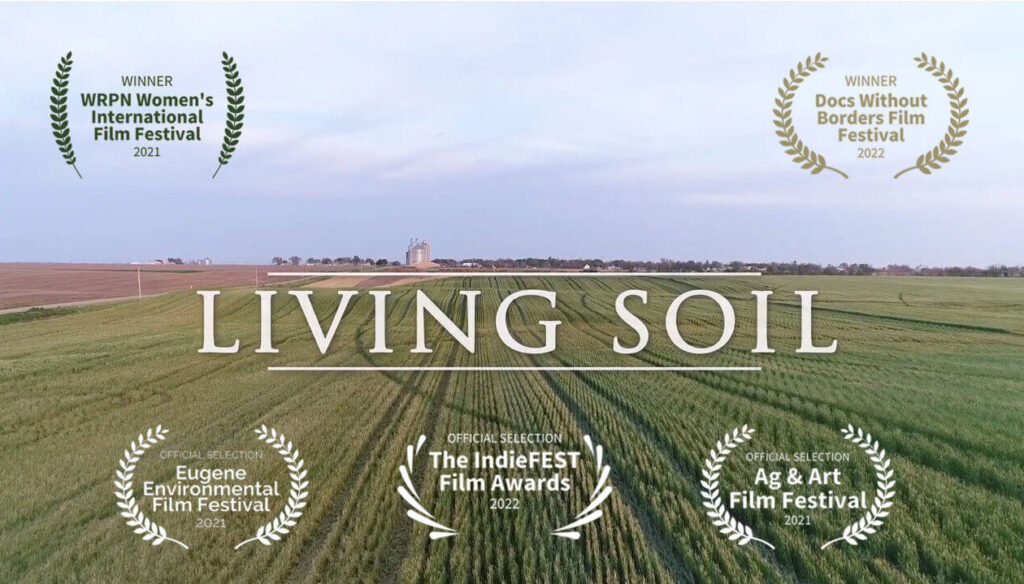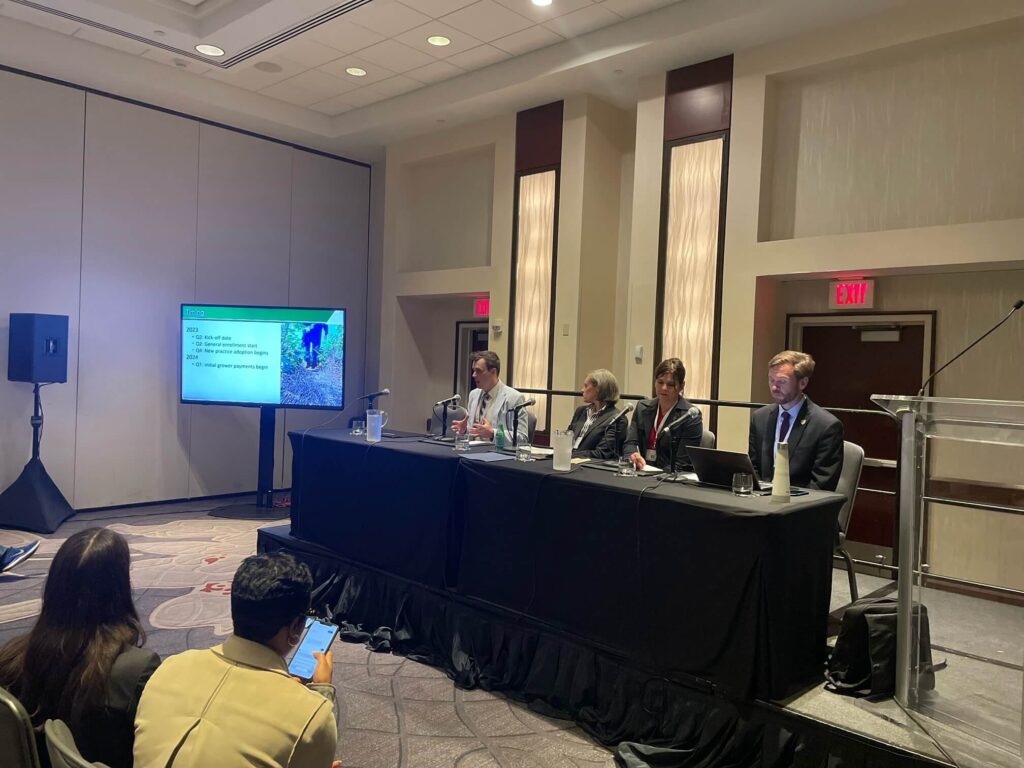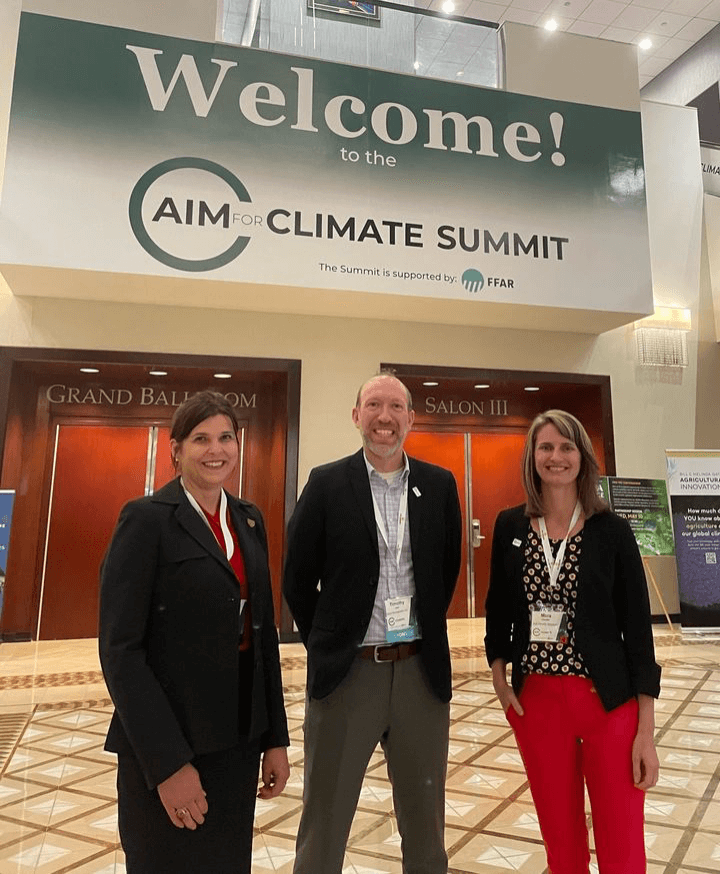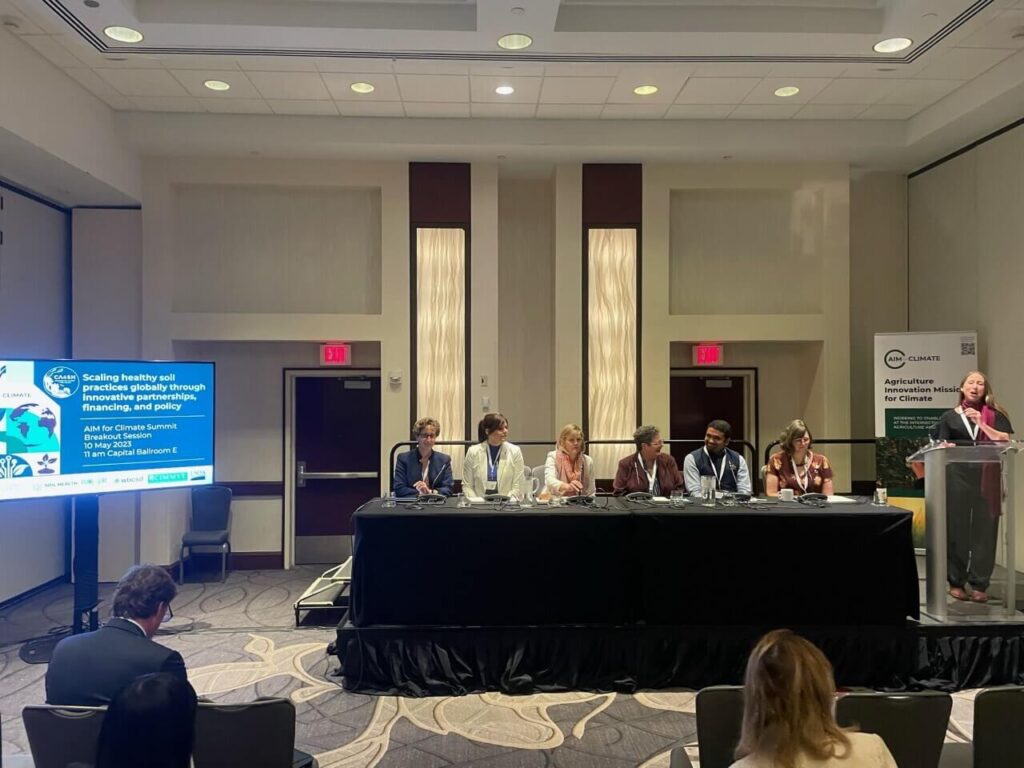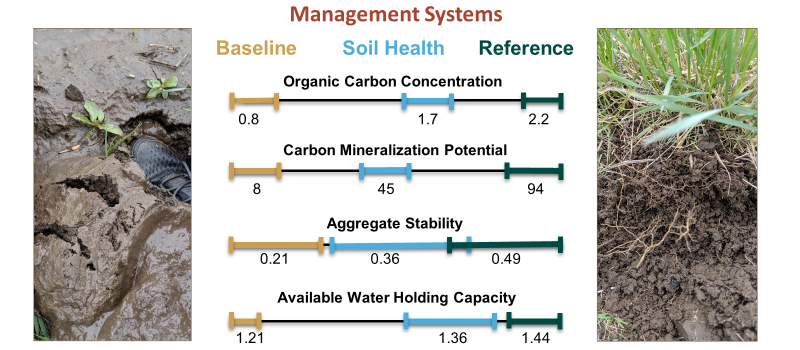Morrisville, North Carolina – September 14, 2023
The Soil Health Institute (SHI) and Cargill are coming together to advance implementation of regenerative agriculture practices through the promotion of water stewardship within agricultural supply chains. This 3-year, $3 million partnership will equip farmers, conservation planners, and sustainability experts across North America with innovative tools to enhance drought resilience, improve soil health, and encourage sustainable water use.
“Climate change-induced extreme weather events, including drought, heavy precipitation, and elevated temperatures, have dramatically intensified operational risks for farmers and the broader food, fiber, fuel, and beverage sector,” said Wayne Honeycutt, president and CEO of SHI.
“Through this partnership, we’re expediting adoption of regenerative systems by offering stakeholders practical insights to assess improvements in water storage and availability resulting from changes in on-farm practices.”
Recent SHI research has demonstrated that increases in available water holding capacity (AWHC) associated with soil organic carbon gains from soil health practice implementation can lead to twice as much water storage in the topsoil compared to previous estimates. This important finding, currently available as a set of mathematical equations, provides a scientifically robust framework to measure the impact of soil health management on water storage. Continuing efforts supported by this partnership will make this data more accessible to farmers and sustainability experts, enabling farmers to estimate how many more inches of water their soil can capture during the growing season due to improved soil health.
Ashley McKeon, director of regenerative agriculture at Cargill, affirmed, “We strongly believe that regenerative agricultural practices can play a pivotal role in mitigating the impacts of climate change and water stress on our agricultural systems, which is why we are committed to advancing regenerative agriculture across 10 million acres of agricultural land in North America by 2030. Building on more than five years of partnering with the Soil Health Institute, we are empowering farmers and stakeholders across the agricultural value chain with the tools they need to make informed decisions that contribute to a more sustainable and resilient future.”
This partnership between SHI and Cargill will enable farmers, businesses, researchers, governments, and other sustainability experts to assess their progress toward water stewardship objectives and build industry convergence around the value of soil health in enhancing drought resilience and sustainable water management. Both partners are committed to ensuring free, fair, and equitable access to project tools and resources, facilitating widespread adoption and benefits. Learn more about SHI’s research here.
The collaboration will also support Cargill’s global sustainability priorities, including the company’s goal to advance regenerative agriculture across 10 million acres of agricultural land in North America by 2030. Learn more about Cargill’s commitments here.
About the Soil Health Institute
The Soil Health Institute is a global non-profit with a mission of safeguarding and enhancing the vitality and productivity of soils through scientific research and advancement. Our vision is a world where farmers and ranchers grow quality food, fiber, and fuel using soil health systems that sustain farms and rural communities, promote a stable climate and clean environment, and improve human health and well-being. Accordingly, the Institute brings together leaders in soil health science and the industry to conduct research and empower farmers and other landowners with the knowledge to successfully adopt regenerative soil health systems that contribute economic and environmental benefits to agriculture and society. The Institute’s scientific team holds doctorates in various soil science and related disciplines, with specialties in carbon cycling, nutrient cycling, water cycling, nutrient management, soil microbiome, farmer/adviser education, ecosystem services, soil-plant relationships, on-farm economics, and others. The team follows a comprehensive strategy for advancing adoption of regenerative soil health systems, as briefly described in this 5-minute video.
Healthy soils are the foundation for restoring our land. Together, we can create a secure future for all, mitigate the effects of climate change, and help farmers and organizations meet production and environmental goals at scale. Visit www.soilhealthinstitute.org to learn more, and follow us on YouTube, LinkedIn, and Facebook.
About Cargill
Cargill helps the world’s food system work for you. We connect farmers with markets, customers with ingredients and families with daily essentials — from the foods they eat to the floors they walk on. Our 160,000 team members around the world innovate with purpose, empowering our partners and communities as we work to nourish the world in a safe, responsible, sustainable way.
From the feed that reduces methane emissions to waste-based renewable fuels, the possibilities are boundless. But our values remain the same. We put people first. We reach higher. We do the right thing. It’s how we’ve met the needs of the people we call neighbors and the planet we call home for 158 years — and how we’ll do so for generations to come. For more information, visit Cargill.com and our News Center.
